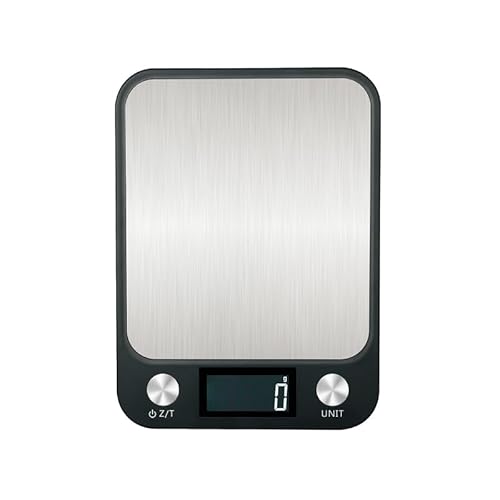We use fats to make soap, because they are easily available to us. Fatty acids are not so easily available to us soapmakers, but they also could be easily used for soap making. When a recipe calls for "stearic acid", say for a shaving soap, you would be using fatty acids to make the soap.
Speaking very generally, a fat molecule is made of 3 fatty acids bound together by a glycerine molecule. When we make soap, the sodium or potassium in the lye breaks the fats into three molecules of fatty acids and one molecule of glycerin. The sodium or potassium then reacts with the fatty acids to make three molecules of soap.
Other chemicals can break a fat molecule apart, including oxygen and water. Exposure to light, heat, certain metals, and microbes can also increase the rate of breakdown.
Oxidation (the process that causes rancidity) breaks the fat molecule apart into the same 3 fatty acids and 1 glycerine molecule. If the fatty acids continue to break down further, they will eventually form smelly ketones and aldehydes. These chemicals are the source of the "rancid oil" odor. This odor will not disappear during saponification, so if the odor is objectionable, some of these smelly molecules can be removed by washing the oil with water before using the oil to make soap.
When soaping with oil that is older but still smells fine or when soaping with oil that is definitely rancid, be aware that the sodium hydroxide does not have to work very hard to saponify fatty acids, compared with the fat from which the fatty acids come. Your recipe may trace quicker than expected or the batter may rice, so be prepared for that. The lye calculation will be the same, however -- you need exactly the same amount of lye to saponify rancid oil as you would to saponify non-rancid oil.
See also this paper: Girgis, et. al, Production of high quality castile soap from high rancid olive oil,
http://grasasyaceites.revistas.csic.es/index.php/grasasyaceites/article/viewFile/235/236
and this article:
http://handmadesoapcoach.com/dont-throw-out-that-rancid-oil-make-soap/










































